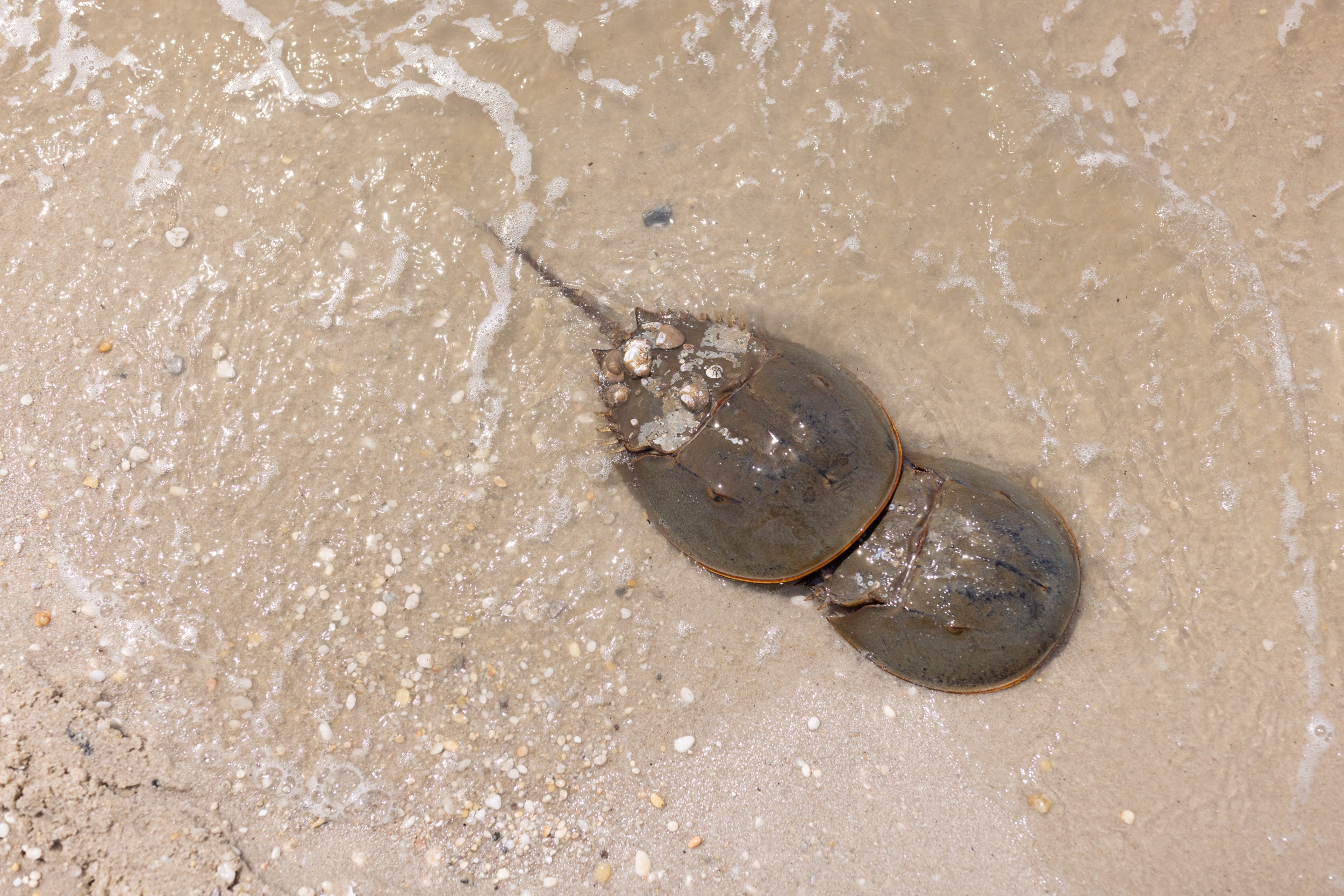Welcome to Facts Vibes! Discover the extraordinary world of horseshoe crabs with our fun facts. From their ancient lineage to their vital role in medicine, we’re diving deep into these fascinating creatures. Join us as we uncover the secrets of the horseshoe crab!
The Fascinating World of Horseshoe Crabs: Discovering Fun Facts
The fascinating world of horseshoe crabs is a unique and intriguing topic to discover. These ancient creatures have been around for over 450 million years, making them one of the oldest living species on the planet.
One fun fact about horseshoe crabs is that despite their name, they are not actually a type of crab at all. They are more closely related to spiders and scorpions than to true crabs. This makes them a remarkable and distinct group of animals in the marine world.
Horseshoe crabs also play a crucial role in the field of medicine. Their blue blood contains a substance called “limulus amebocyte lysate” (LAL) which is used to test for bacterial contamination in medical equipment and vaccines. This unique biological feature has made horseshoe crabs indispensable in the medical industry.
Another intriguing aspect of horseshoe crabs is their mating behavior. Every year, thousands of horseshoe crabs gather along the shores to spawn, creating an impressive natural spectacle. Their mating rituals and behaviors have fascinated scientists and nature enthusiasts for years.
In conclusion, exploring the world of horseshoe crabs reveals a wealth of fascinating and intriguing facts about these remarkable creatures. Their ancient origins, biological uniqueness, and captivating behaviors make them a truly extraordinary species to learn about.
Most popular facts
Horseshoe crabs have been around for approximately 450 million years, making them one of the oldest living species on Earth.
Horseshoe crabs have been around for approximately 450 million years, making them one of the oldest living species on Earth.
Despite their name, horseshoe crabs are actually more closely related to spiders and scorpions than to true crabs.
True.
These creatures have blue blood due to the presence of copper in their blood cells, which gives it a bluish color when oxygenated.
Horseshoe crabs have blue blood due to the presence of copper in their blood cells, which gives it a bluish color when oxygenated.
Horseshoe crabs play a crucial role in the biomedical industry as their blood is used to detect bacterial endotoxins in medical products.
Horseshoe crabs play a crucial role in the biomedical industry as their blood is used to detect bacterial endotoxins in medical products.
During spawning season, horseshoe crabs gather in large numbers along the Atlantic coast to lay their eggs, providing an important food source for migratory birds.
During spawning season, horseshoe crabs gather in large numbers along the Atlantic coast to lay their eggs, providing an important food source for migratory birds.
They have ten eyes distributed across their bodies, including photoreceptors on their tail that help them navigate and detect light changes.
They have ten eyes distributed across their bodies, including photoreceptors on their tail that help them navigate and detect light changes.
Horseshoe crabs have a unique method of feeding known as the “diving bell” technique, where they create a bubble of air to trap prey underwater.
Horseshoe crabs have a unique method of feeding known as the “diving bell” technique, where they create a bubble of air to trap prey underwater.
These creatures molt several times throughout their lives, shedding their exoskeleton to accommodate growth.
These creatures molt several times throughout their lives, shedding their exoskeleton to accommodate growth.
Horseshoe crabs are not true crabs and belong to the subphylum Chelicerata, which also includes arachnids.
Horseshoe crabs are not true crabs and belong to the subphylum Chelicerata, which also includes arachnids.
The horseshoe crab’s tail plays a critical role in flipping the animal if it gets turned over, as well as aiding in steering and propulsion while swimming.
The horseshoe crab’s tail is critical for flipping the animal over, and also helps with steering and propulsion while swimming.
In addition to their pharmaceutical uses, horseshoe crab eggs are also a valuable food source for shorebirds and various marine animals.
True. Horseshoe crab eggs are indeed a valuable food source for shorebirds and various marine animals in addition to their pharmaceutical uses.
While horseshoe crabs have survived mass extinctions, their populations are currently threatened by habitat loss and overharvesting.
Horseshoe crabs have survived mass extinctions, but their populations are currently threatened by habitat loss and overharvesting.
Female horseshoe crabs can lay tens of thousands of eggs in a single nesting season, contributing to the important role they play in coastal ecosystems.
Female horseshoe crabs can lay tens of thousands of eggs in a single nesting season, contributing to the important role they play in coastal ecosystems.
Horseshoe crabs have a unique immune system that allows them to survive in environments with high levels of bacteria and toxins.
Horseshoe crabs have a unique immune system that allows them to survive in environments with high levels of bacteria and toxins.
The ecological importance of horseshoe crabs extends beyond their own species, as their eggs serve as a vital resource for sustaining migratory bird populations.
The ecological importance of horseshoe crabs extends beyond their own species, as their eggs serve as a vital resource for sustaining migratory bird populations.
In conclusion, the horseshoe crab is an incredible creature that plays a vital role in the marine ecosystem. Its unique characteristics and ancient lineage make it a fascinating subject of study. From their blue blood to their long history on Earth, the horseshoe crab is truly a marvel of nature. As we continue to learn more about these creatures, we gain a deeper understanding and appreciation of the mysteries of the natural world.
